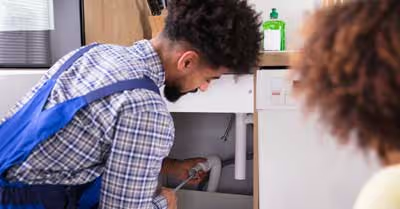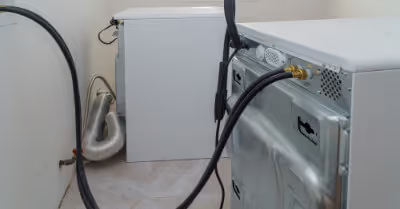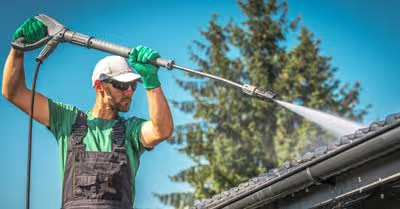Table of Contents
How Much Concrete Do I Need?
First, it is important to make sure you have enough for your project because it is crucial that you do not run out of concrete in the middle of the job. You should always aim a little high and buy a little extra so this doesn’t happen.
In order to determine the amount of concrete you need, you will need to measure the length and width of the area you want to cover. You will also need to determine a close estimate of the thickness the concrete will need to be.
Multiply these three numbers together to get the volume. Make sure they are all in the same unit; for example, if you measure them all in feet then you will have the number of cubed feet your job requires.
Then, you can multiply the cubic feet you need by .037 to determine the cubic yards required. Now, you can divide this number by the amount of cubic yards each bag will yield.
Every 20 pounds will yield .0055 cubic yards. So for example, if you are buying 60 pound bags, multiply .0055 by 3 and you will get .0165 cubic yards per bag.
Mixing Concrete
It is usually a good idea to mix one bag of concrete at a time. This makes it manageable, easier to mix, and gives you an idea of how much water each bag will require.
First, cut open the bag and put it into your wheelbarrow (for larger projects you may want to consider renting or buying a concrete mixer). You can use a hose to add water, but using a bucket can give you consistent measurements for every bag you mix.
After the initial water is added and absorbed, use a hoe or similar tool to mix it together. It is best to use too little water because water is easier to add than more concrete.
Gradually continue to add water as you mix. To make this part easier, you can keep the driest concrete on one side of the wheelbarrow while you add the water to the other end. Then, drag and mix the concrete into the water. This will help you know when you need to add water and also ensures that it is properly mixed together.
Getting the correct consistency is important if you want your concrete to be strong and sturdy. Incorrectly mixed concrete is likely to crack and wear out over time.
When all of the water and concrete are thoroughly mixed, you can test it to make sure it is the right consistency. It is important to do this with every bag before you pour it.
The best way to test your mixture is to drag a hoe through the concoction. If it is runny and doesn’t stay firm where you dragged the hoe, you need to add more concrete. If the mixture is chunky and crumbly, continue to gradually add water.
It is done correctly when the hoe drags through leaving walls that stick together. You can also flatten parts of the concrete as a final test. If they are shiny, then your concrete is ready to be poured!
Pouring Concrete
Now that you know how to properly mix concrete, you need to know how to pour concrete. First, make sure the area is as level as you can get it. You can do this with a hoe or even slide a small piece of lumber across the top. You can also use a plate compactor or a tamper.
Now, so that the edges of the slab are even and where you want them, put boards around the area where the concrete will be installed. Use boards that are the correct size so that the concrete will come up to the top. This will make it easier to smooth down later.
If you want the concrete to curve then you can use hardboard siding because it is easy to bend. This is common for walkways.
After you have created your form with 2x4s and/or hardboard, you can pour the concrete into it. Pour the concrete in as even as possible to make the leveling job easier.
Now, you will need to make sure the concrete is smooth. A lot of people struggle with this and it is usually because they don’t know the steps. The first thing you need to do is screed to smooth the top of the surface. You can buy a screed, but you can also use a board.
Put the board or screed on the top of the forms you placed around the concrete earlier. Then, you will push it along the top of the concrete to smooth it down. You may have to do this twice to ensure a smooth surface.
Now, you can use a darby or another board with a handle attached to push the concrete down and flatten it even more. This will get rid of holes or pockets inside the concrete.
If you want rounded edges now is the time to form them. This is done with a concrete edging tool that you will use to slip in between the forms and the concrete. Stroke the edging tool along the forms in large motions for a smooth rounded edge.
Last, you want to float the concrete to get rid of any inconsistencies. For small projects a hand float should work fine. However, if your project is large you may want to invest in a bull float.
Also, for any concrete larger than 5 square feet, it is a good idea to cut grooves, called control joints, into the concrete. This will reduce the amount of cracks that form when the concrete cures and ages.
This is easy to do with a groover. Just add a groove across the concrete every 5 ft. Then, go over the entire slab with a concrete broom.
Finally, you will let the concrete settle and cure for 2 days and then take the forms out. Now you will have smooth and beautifully finished concrete.
Recent Articles
















